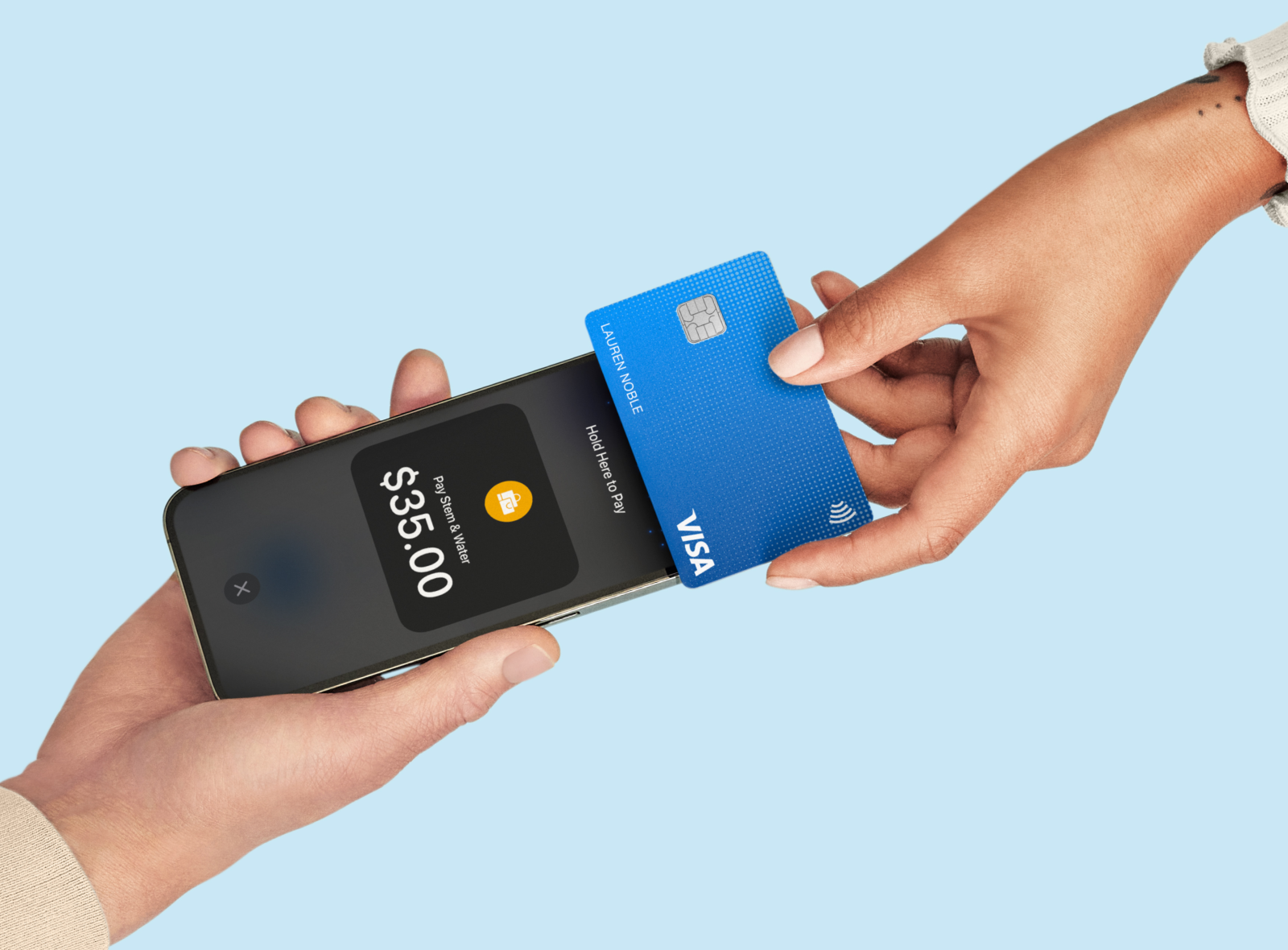Copyright newsweek

A new scam targeting those who use contactless payment when making purchases has emerged across the nation, prompting a warning from the Better Business Bureau (BBB). The scam, dubbed “ghost tapping,” exploits the convenience of tap-to-pay credit cards and mobile wallets by using wireless technology to withdraw money from unsuspecting victims—often without any direct contact. Victims may only notice unauthorized transactions after substantial amounts have been taken from their accounts as scammers frequently conduct small, less noticeable withdrawals to evade fraud detection systems. Why It Matters “Ghost tapping” threatens millions of American consumers who rely on contactless payments for daily transactions. Tap-to-pay methods have become increasingly popular due to their speed and hygiene benefits, but the rise of this scam shows that technological advances can also introduce new risks. Because the scam can occur in everyday situations—such as crowded events, marketplaces, and public transportation—the potential for financial loss is widespread. What To Know The BBB Scam Tracker has collected multiple reports of “ghost tapping,” including an incident where a scammer posing as a charity vendor only accepted tap-to-pay and then applied unauthorized charges ranging from $537 to $1,100 to victims’ accounts. Victims often discover these fraudulent payments days or weeks afterwards because initial amounts are intentionally kept small to slip past bank security systems. Scammers target people in crowded places—such as festivals or transit stations—trying to get close enough to discreetly tap their own device against your tap-enabled card or phone, charging you unknowingly, according to the BBB. Fake vendors and fraudsters will set up bogus stands at markets or events or go door-to-door acting as legitimate sellers and then will insist on tap-to-pay transactions. The BBB says criminals may encourage rapid completion of payments, ensuring you do not have time to verify the merchant or amount displayed during the scam. In some documented cases, scammers carried portable NFC card readers through public areas, attempting to access payment information even through wallets or purses. Local news outlet KY3 News reported a Missouri resident lost $100 when approached by an individual with a card reader. How to Protect Yourself From ‘Ghost Tapping’ Scams There are several ways to prevent this type of scam, including using an RFID-blocking wallet or card sleeve to prevent unwanted wireless transactions. The BBB says consumers should always check the merchant’s name and transaction amount before tapping to pay, set up instant transaction alerts with their bank to catch unauthorized activity promptly, and continuously monitor their financial accounts regularly for unfamiliar charges. Consumers should also try to limit tap-to-pay usage in crowded or high-risk environments and instead use chip or swipe methods. Many consumers use tap to pay for convenience. What People Are Saying Michelle L. Corey, president and CEO of BBB St. Louis, told KY3 News: “You can help prevent ghost tapping by being cautious when using your card in crowded spaces and purchasing from unfamiliar vendors, but this scam can still happen to anyone. The best way to avoid losing money is to review your financial accounts regularly and contact your bank as soon as you notice any suspicious activity.” Bryan Oglesby, Better Business Bureau of West Florida, told FOX 13 Tampa Bay: “They could use cellphones, they can use specific card reader technologies… Fake vendors could demand a ‘tap to pay’ transaction, possibly charging more than the stated amount.” What Happens Next? The BBB continues to collect reports on incidents and expects to release further educational resources aimed at American consumers. If you suspect you are a victim, immediately contact your bank or card issuer to freeze or cancel your card, and file a report with the BBB Scam Tracker. Officials also recommend heightened vigilance, particularly during the holiday shopping season and other busy periods when crowd density increases the risk of falling victim to “ghost tapping.”



